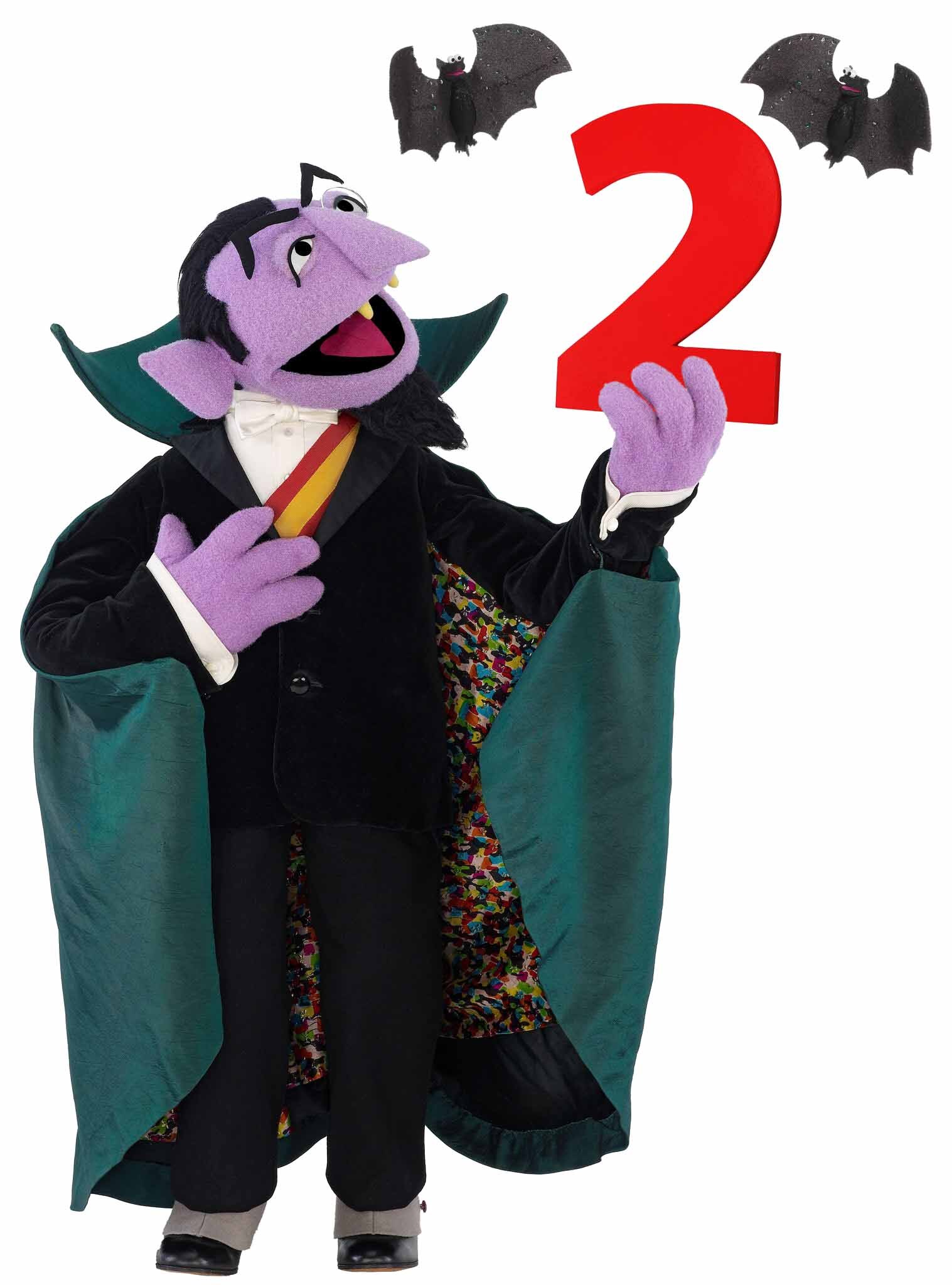

I had the ZX80. It was terrible.
Yes. Am not robot.


I had the ZX80. It was terrible.

Well yeah. How can I appreciate being rich if there aren’t poor people to compare myself with / lord over
…is something I’m not rich enough to say. Sigh.


Rainbow Warrior means something quite different in NZ.
Name any medium in which people can anonymously contribute, where toxicity isn’t present ‘sometimes’.


I wonder how it’ll do on cost… and regulatory progress in other countries.
Will be watching with interest.


“eliminate”… They’re really making full use of dropping the “don’t be evil” clause aren’t they.
I have been sparing the almighty hell out of mine. When they drop it will be epic.
We must change them!
Require them to symbolically emote at least once per post/comment.
>:-}


Actually New Zealand has quite a few islands and more than three that are inhabited, but the three that most people refer to are North Island, South Island and Stewart Island (even though there are larger populations on others). The fourth most likely inhabited island to be mentioned is Waiheke Island (and the third most populated).


In that case let’s really blow your mind…
A Kiwi is a bird or a person, not a fruit.
… Also New Zealand is comprised of three major islands North Island, South Island and West Island… Also some of my facts may be slightly inaccurate - but not the bit about the fruit.


Two! Two bats!

(The actual bats don’t look anything like these bats. This is just a tribute)


I missed the other ones… Must’ve been hiding behind the first one…


New Zealand doesn’t really have any deadly animals.
No scorpions, snakes (other than the very appearance of a sea-snake), crocs, large cats, bears, etc. Our most venomous spiders can generally only make most people a little bit unwell. We might occasionally see a potentially dangerous shark but they’re so rare that I can’t recall when a notable attack happened.
Our insects aren’t generally disease spreaders - though we’ve come close a few times to some getting a foothold.
Colonists introduced many destructive species but nothing very personally dangerous. In theory there could still be moose, but it seems unlikely.
The only NZ native land-mammal is a tiny bat as far as I know.
There is the small problem with orcs, goblins, trolls and Australians… but it’s okay, we have a wizard (retired?).


One day perhaps they’ll be seen again more commonly as is now the case with tui and kererū in some areas.
At 8% they’re probably going to outperform KiwiSaver… but maybe not savers of kiwi.


Well it does help when they aren’t mistaken for pūkeko…
It requires careful preparation to really enjoy.
Storage is easy though.I like to keep a whole shelf of the stuff.
Preferably in a building, maybe a store, a properly safe distance from where I shop just in case anyone accidentally discovers it and brings some home…


Here in NZ, we have a sub-handful of places where 110 is allowed, the rest is mostly 100 with more and reduced to 80, 70, 60 or 50 (in places that used to be 100).
To be fair, a great deal of our roadway is not up to safe use at 100 (though I do disagree with where that dividing line is placed).
Unfortunately I think that reducing the limits on unsafe surfaces and roading layout is now seen as a permanent solution. Any mitigation mechanism like that should be coupled with at some publicly visible prioritisation to resolve it.
Alas with our small population and relatively large roading network I doubt it’s getting better for us any time soon.
Hey you. Over the ditch. I feel your pain and hope you have better luck.


Indeed they are - to a reserve here
If we’re talking adaptation, then ‘centuries’ is fairly irrelevant given how long our generations are…
Also, hasn’t it really only been a small number of centuries where reading has become a regular and critical function for the majority of the population?
Combine that with the fact that it’s long been easier/cheaper to make a uniformly light-coloured ‘paper’ and dark ink, than the reverse.
Using our history of dark-text might just be allowing the technology of the times to drive the future.
A more interesting comparison might be that we started with dark displays and light text (amber and green-screens) and moved to white displays with dark text later on.
Was that change due to a desire to mimic the paper medium?
Was it down to the quality of displays at the time (light bleed on CRTs might have driven this flip from dark to light once uniformity and brightness reached useful levels)?
Or was it because more people prefer dark text over light?
Regardless I’d like to finish by virtually girding my loins, brandishing my digital spear, and warning everyone that they’ll have to pry dark-mode from my cold-dead hands.
Sheepdog trials. Though mostly it’s about making things go through the gates.